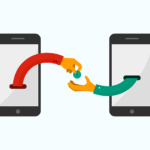Don’t cancel that check just yet
My dear mother, who is 92, took issue with a recent column by my esteemed colleague, Justin Dullum, in which he declared the death of the personal check. Of course, Justin is correct; the paper check is a much less common form of payment than it was years ago. But I think my mother is also correct: A lot of people still rely on checks. [Continue]







